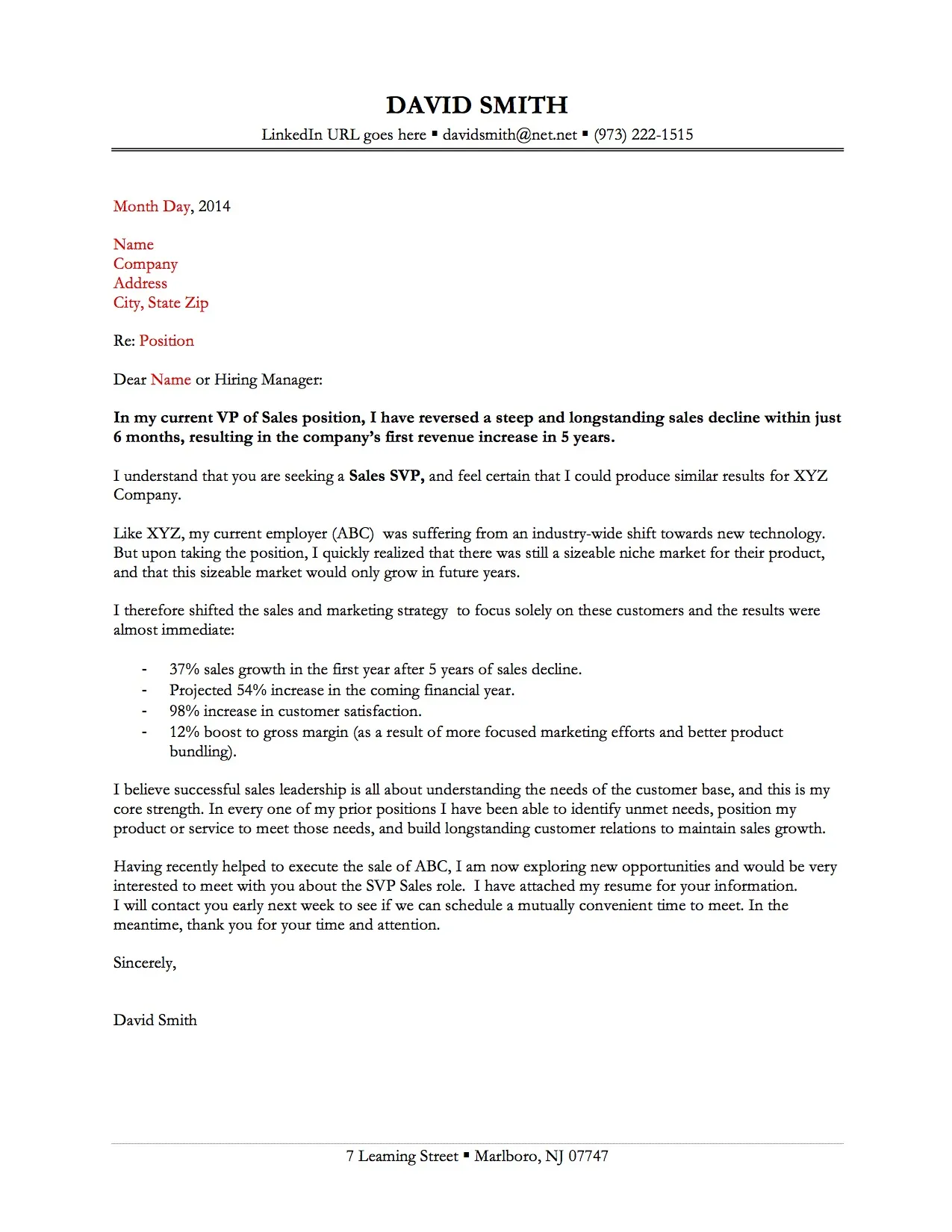What is a Cover Letter
A cover letter is your first introduction to a potential employer, a crucial component of your job application that accompanies your resume. It’s a formal document, typically one page in length, that offers you the opportunity to elaborate on your qualifications, express your interest in the position, and demonstrate your understanding of the company. Unlike a resume, which provides a factual summary of your skills and experience, a cover letter allows you to tell a story, showcasing your personality, and explaining why you’re the perfect fit for the role. Think of it as a chance to make a strong first impression and convince the hiring manager to read your resume with enthusiasm.
The Importance of a Cover Letter
In the competitive job market, a well-crafted cover letter can significantly increase your chances of getting noticed. It serves several critical purposes. Firstly, it highlights your enthusiasm for the specific role and company. Secondly, it demonstrates your written communication skills, which are essential in nearly every profession. Thirdly, it allows you to connect your skills and experiences directly to the job requirements, showing the hiring manager that you’ve carefully considered the position. Lastly, a cover letter provides a space to explain any gaps in your resume or highlight unique aspects of your background that may not be immediately apparent.
Make it Personalize the Cover Letter
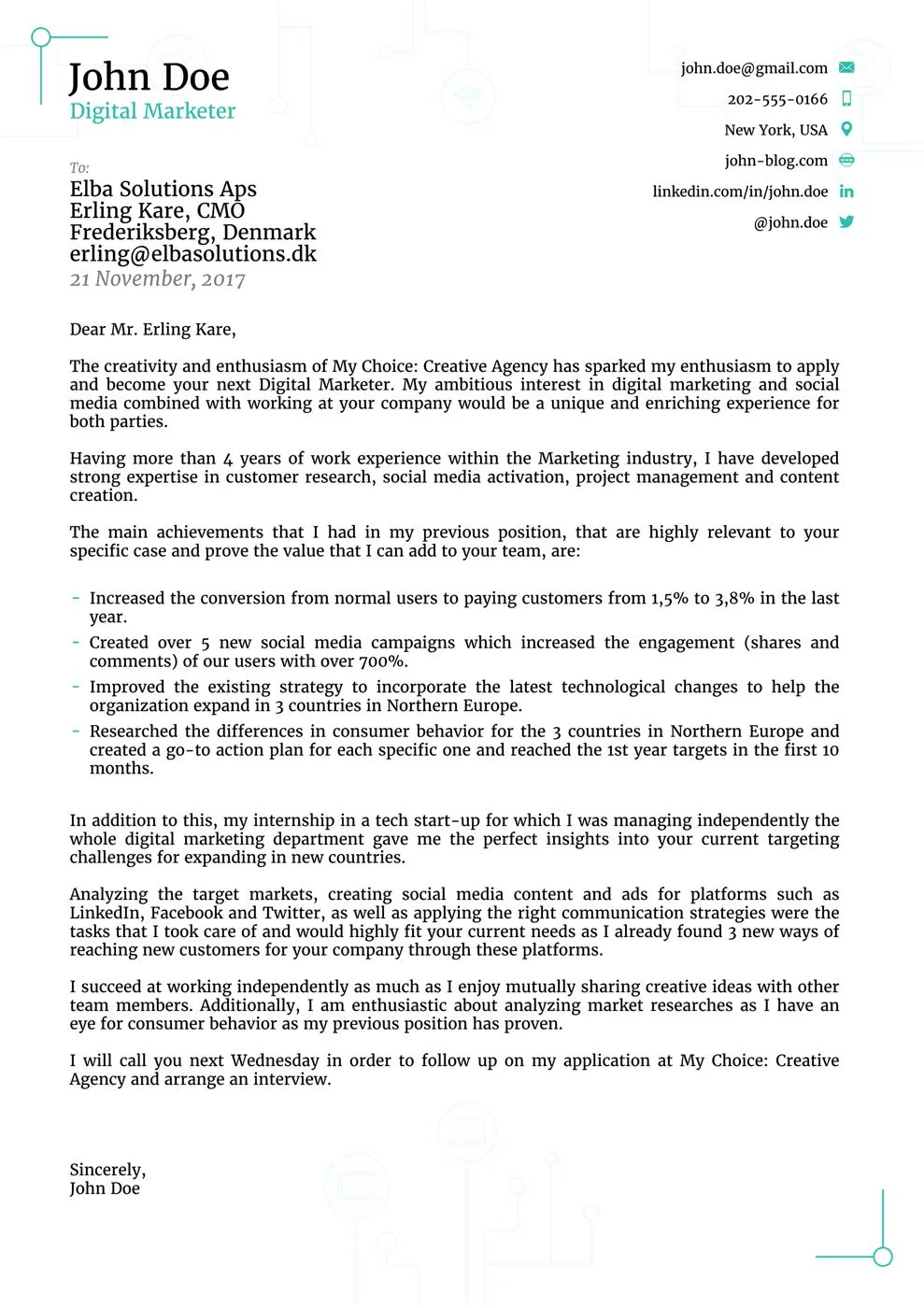
Generic cover letters rarely impress. Personalization is key. Tailor your cover letter to each job application, demonstrating that you’ve taken the time to understand the company and the specific role. This includes mentioning the company by name, referencing specific aspects of their work that resonate with you, and using keywords from the job description. Avoid simply restating your resume; instead, use the cover letter to highlight relevant skills and experiences that align with the employer’s needs.
Research the Company
Thorough research is essential before you start writing. Visit the company’s website, explore their social media presence, and read news articles or blog posts about them. Understand their mission, values, and recent projects. This research will help you tailor your cover letter to the company’s specific needs and demonstrate your genuine interest. It also allows you to identify key keywords and phrases that you can incorporate into your letter, showcasing your understanding of the industry and the company’s goals. Referencing specific projects or initiatives can further strengthen your connection and show your commitment to the role.
Highlight Your Relevant Skills
Your cover letter should serve as a bridge between your skills and the job requirements. Carefully review the job description and identify the key skills and qualifications the employer is seeking. Then, in your cover letter, provide specific examples of how you’ve demonstrated those skills in your previous roles or experiences. Use action verbs to describe your accomplishments and quantify your achievements whenever possible. Instead of simply listing your skills, provide context and demonstrate how you’ve used them to achieve positive results.
Showcase Your Achievements

Don’t just list your responsibilities; highlight your accomplishments. Focus on what you achieved in previous roles and quantify your results whenever possible. For example, instead of saying “Managed social media accounts,” say “Increased social media engagement by 30% in six months.” Use the STAR method (Situation, Task, Action, Result) to provide context and demonstrate your impact. This approach helps the hiring manager understand your value and how you can contribute to their organization.
How to Structure Your Cover Letter
A well-structured cover letter is easy to read and keeps the hiring manager engaged. It typically follows a standard format, including a header, opening paragraph, body paragraphs, and closing paragraph. The clear structure ensures that you convey your message effectively and professionally, leaving a positive impression. Each section serves a specific purpose, and a logical flow guides the reader through your qualifications and enthusiasm.
Cover Letter Header
The header should include your contact information (name, phone number, email address, and optionally, your LinkedIn profile URL). It also includes the date and the hiring manager’s contact information. The header should be formatted consistently with your resume, creating a cohesive professional presentation. Ensure the contact information is accurate and up-to-date, making it easy for the employer to reach you. The header also sets the tone for the rest of the document, demonstrating attention to detail.
Address the Hiring Manager Directly
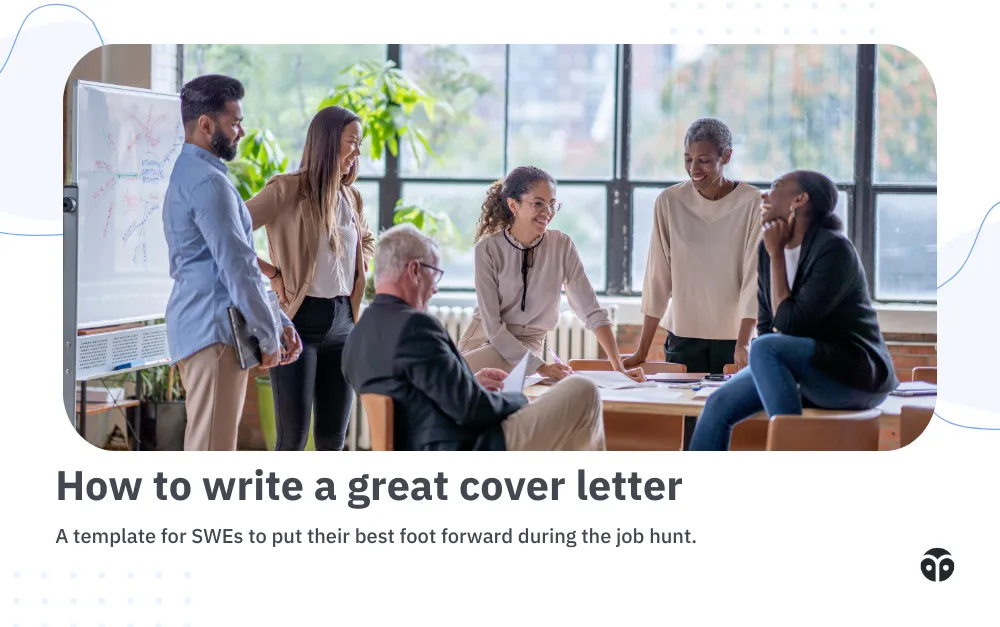
Whenever possible, address your cover letter to a specific person (the hiring manager or the recruiter) rather than using a generic salutation like “To Whom It May Concern.” This shows that you’ve done your research and are genuinely interested in the role. If you can’t find a name, you can use a more professional greeting like “Dear Hiring Manager.” Addressing the letter directly creates a more personal and engaging tone, making the hiring manager feel more connected to your application. Check LinkedIn or the company website to find the hiring manager’s name.
Opening Paragraph
The opening paragraph is your chance to grab the reader’s attention. Start with a strong statement that highlights your enthusiasm for the position and the company. Briefly mention how you learned about the opportunity and why you’re excited to apply. State the specific role you’re applying for clearly. This sets the stage for the rest of the letter, immediately establishing your purpose and interest. You can mention a shared connection or a specific achievement that aligns with the company’s values or goals.
Body Paragraphs
The body paragraphs are where you elaborate on your qualifications and demonstrate your suitability for the role. Use these paragraphs to highlight your relevant skills, experiences, and achievements. Provide specific examples and use the STAR method to illustrate your impact. Connect your skills directly to the job requirements, demonstrating how you can contribute to the company’s success. Each paragraph should focus on a specific aspect of your qualifications, making it easy for the hiring manager to understand your value. Maintain a professional and enthusiastic tone throughout.
Closing Paragraph
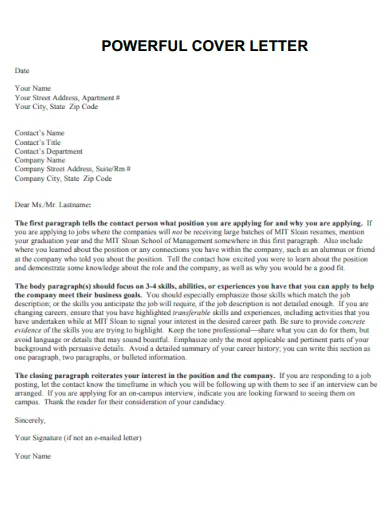
In the closing paragraph, reiterate your interest in the position and express your enthusiasm for the opportunity. Thank the hiring manager for their time and consideration. Include a call to action, such as stating that you look forward to hearing from them or that you’re available for an interview. End with a professional closing, such as “Sincerely” or “Best regards,” followed by your name. The closing paragraph should leave a positive and memorable impression, summarizing your key qualifications and reinforcing your eagerness to join the company. Avoid being overly assertive but be confident in your abilities.
Cover Letter Formatting and Design
A well-formatted cover letter is visually appealing and easy to read. The design should be professional and consistent with your resume. Proper formatting can significantly impact the reader’s experience and make your application stand out positively. Choose fonts and layouts that reflect your professionalism and attention to detail.
Use a Professional Font
Choose a professional and legible font, such as Times New Roman, Arial, Calibri, or Helvetica. Keep the font size between 10 and 12 points. Avoid using overly decorative or unusual fonts, as they can be distracting and unprofessional. Use consistent formatting throughout the document, including the font style, size, and spacing. The use of a readable font ensures the hiring manager can easily digest the information.
Keep it Concise
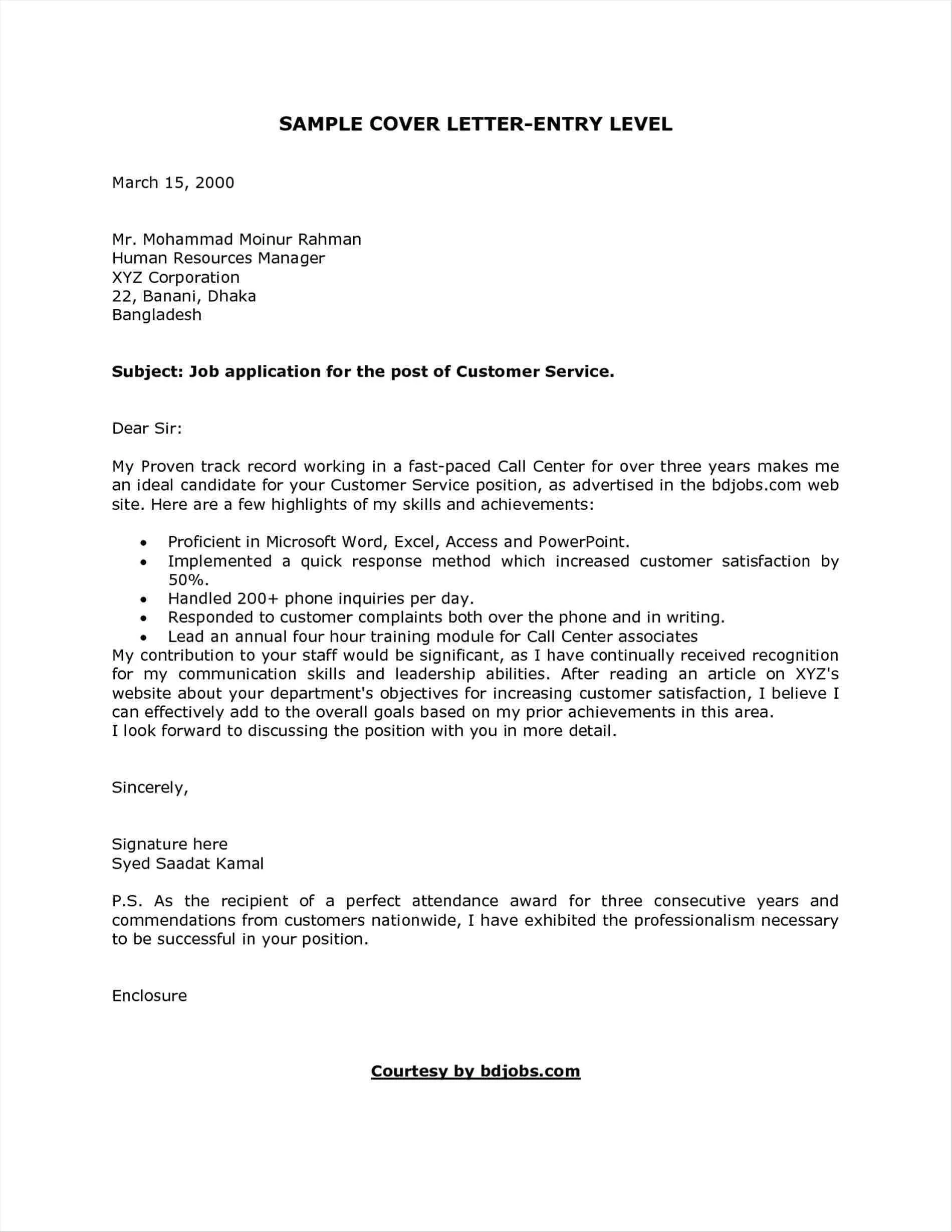
Aim for a cover letter that is one page in length. Hiring managers are busy, so it’s essential to be concise and to the point. Focus on the most relevant information and avoid unnecessary details. Use clear and concise language, and avoid jargon or overly complex sentences. Structure your letter logically, and use headings and bullet points to make it easy to scan. A concise letter demonstrates respect for the reader’s time and highlights your ability to communicate effectively.
Proofread Carefully
Before submitting your cover letter, proofread it carefully for any typos, grammatical errors, or inconsistencies. Errors can create a negative impression and suggest a lack of attention to detail. Use a grammar checker, and ideally, have someone else review your letter as well. Double-check the company name, the hiring manager’s name, and the job title to ensure accuracy. A polished and error-free cover letter demonstrates professionalism and shows that you care about your application.
Keywords to Include
Incorporating relevant keywords from the job description can help your cover letter get noticed by applicant tracking systems (ATS) and hiring managers. Identify the key skills and qualifications the employer is looking for and include those words and phrases naturally throughout your letter. This demonstrates that you have the necessary qualifications and that you’ve carefully considered the requirements of the position. Avoid keyword stuffing; instead, integrate the keywords seamlessly into your sentences.
Action Verbs
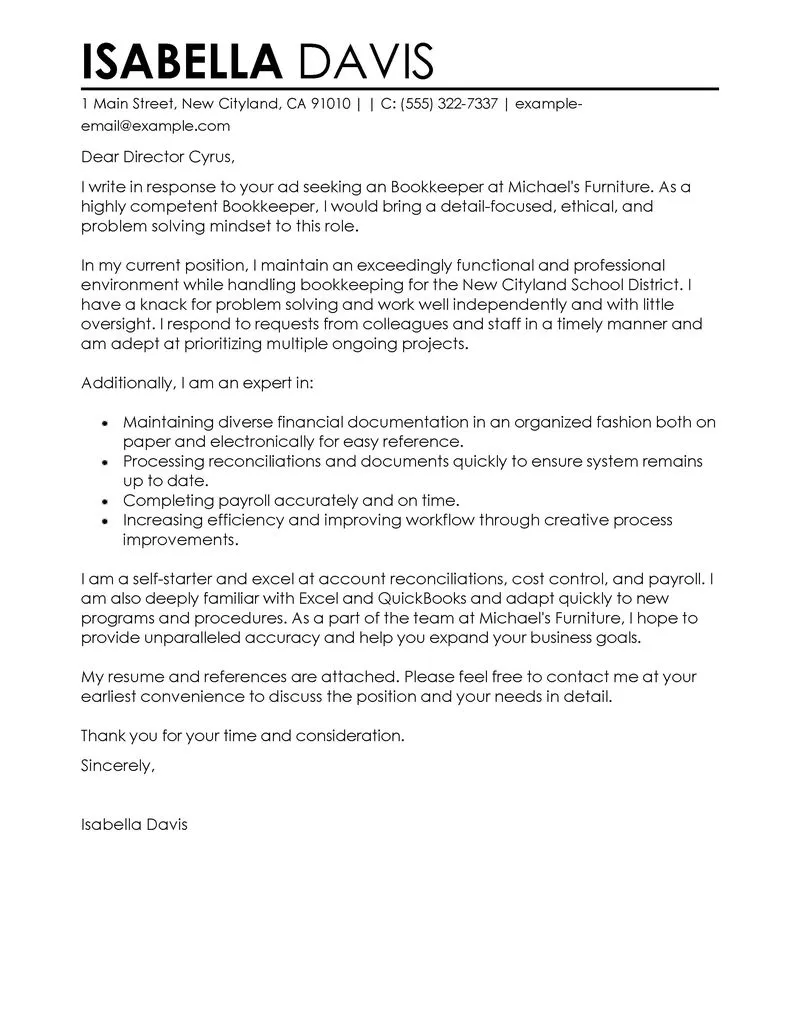
Use strong action verbs to describe your accomplishments and skills. Action verbs make your cover letter more dynamic and engaging, bringing your achievements to life. Start each sentence with a powerful verb to highlight your impact and contributions in previous roles. Some examples include: managed, created, developed, implemented, led, achieved, and increased. Choosing the right action verbs helps you to effectively describe what you’ve done and how it aligns with the job description.
Industry-Specific Keywords
Include industry-specific keywords relevant to the role and the company. Research the industry and identify the key terms and phrases used in the job description and the industry. Include these terms naturally in your cover letter to show your understanding of the field and your ability to communicate effectively with industry professionals. Use industry-specific language to demonstrate your expertise and familiarity with the required skills and responsibilities.
Cover Letter Examples
Reviewing cover letter examples can give you a better understanding of how to structure your letter and what to include. There are many resources available online, including websites and career advice platforms. Choose examples that are relevant to your field and the type of position you’re applying for. Adapt the examples to your own skills and experience, making sure the content remains original and reflects your unique qualifications.
Cover Letter for a Marketing Role
A marketing cover letter should highlight your skills in areas such as content creation, social media management, SEO/SEM, and data analysis. Showcase your ability to develop and execute successful marketing campaigns, and provide examples of how you’ve increased brand awareness, generated leads, or improved customer engagement. Quantify your achievements whenever possible, and demonstrate your understanding of the marketing landscape and the company’s target audience. Highlight your creativity and ability to work collaboratively with other departments.
Cover Letter for a Software Developer Position
In a software developer cover letter, emphasize your technical skills, such as programming languages, frameworks, and development tools. Highlight any relevant projects or contributions to open-source initiatives. Showcase your problem-solving abilities and your experience working in a team environment. Mention any experience with Agile methodologies or other relevant development processes. The cover letter should demonstrate your enthusiasm for software development and your ability to learn new technologies.
Cover Letter for a Project Manager Job
For a project manager role, your cover letter should highlight your project management skills, such as planning, organizing, and leading projects. Emphasize your experience in managing budgets, timelines, and resources. Provide examples of successful project outcomes and demonstrate your ability to manage risks and resolve issues. Mention any relevant certifications, such as PMP or Agile certifications. Highlight your communication, leadership, and problem-solving abilities.
Common Cover Letter Mistakes to Avoid
Avoiding common cover letter mistakes can significantly improve your chances of success. Common mistakes include using a generic cover letter, making typos or grammatical errors, and writing a letter that’s too long. Being aware of these common pitfalls will make you stand out from other candidates.
Generic Cover Letter
Avoid using a generic cover letter that is not tailored to the specific job and company. Generic letters often lack detail and fail to demonstrate your interest and qualifications for the role. Take the time to personalize your cover letter for each application, and research the company. Highlight specific skills and experiences that align with the job description, and demonstrate that you understand the company’s goals. Customization is key to success.
Typos and Grammatical Errors
Typos and grammatical errors can create a negative impression and suggest a lack of attention to detail. Proofread your cover letter carefully before submitting it. Use a grammar checker and, ideally, have someone else review your letter as well. Double-check the company name, the hiring manager’s name, and the job title to ensure accuracy. Ensuring that your cover letter is error-free demonstrates your professionalism and commitment to the application process.
Too Long
Keep your cover letter concise and to the point. Aim for a one-page letter, and focus on the most relevant information. Avoid including unnecessary details or lengthy explanations. Hiring managers are busy, so they appreciate a clear and concise letter that quickly highlights your qualifications. Make sure to highlight the most important skills and experiences, and get to the point.
Final Thoughts and Next Steps
Crafting a great cover letter is a critical step in any job search. By following the tips outlined in this article, you can create a compelling cover letter that grabs the hiring manager’s attention and increases your chances of landing an interview. Remember to personalize your letter, highlight your skills and achievements, and proofread carefully. Take the time to invest in your cover letter, and your efforts will pay off.
